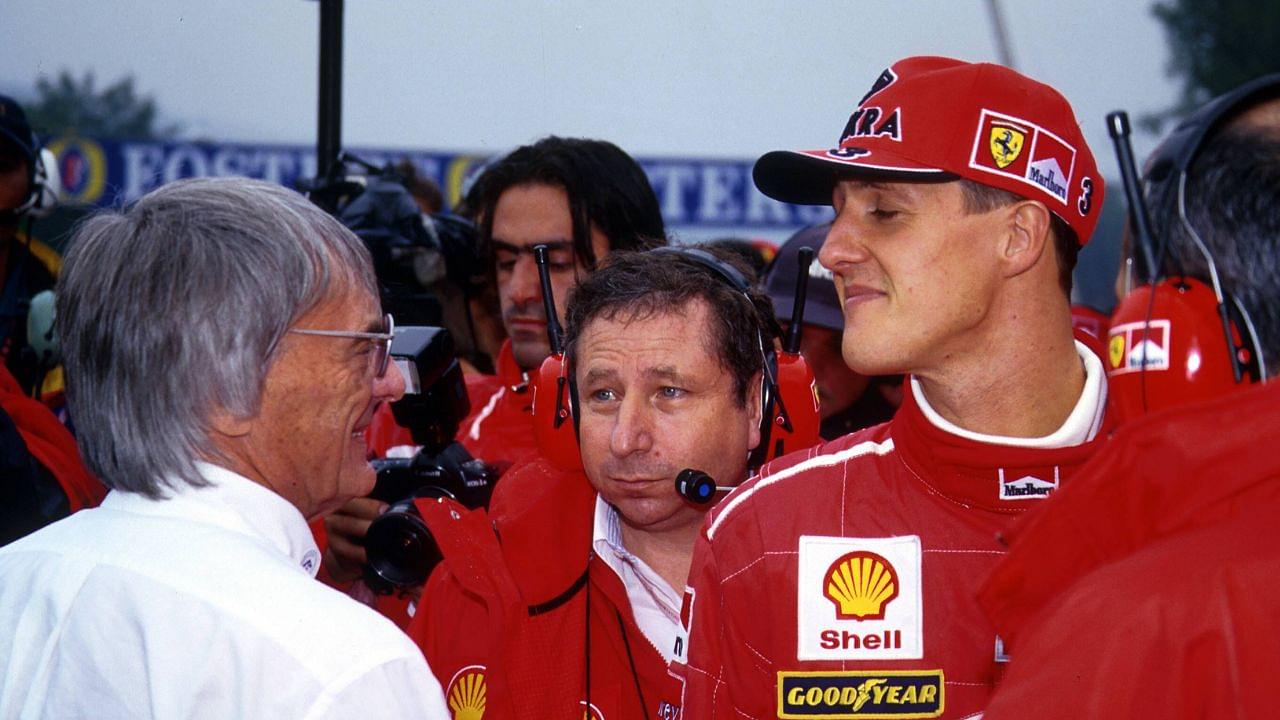Following the unfortunate death of Ayrton Senna in 1994, F1 suddenly faced both financial and emotional crises. According to the book, Bernie: The Biography of Bernie Ecclestone, the then-F1 supremo then decided to resort to extreme ways to tackle this grave situation amidst the fear of losing a sizable audience. For this, Ecclestone offered a then IndyCar driver $10,000,000 to come to F1 and race and completely forgot the ever-growing Michael Schumacher, who became the GOAT by winning 7-titles 10 years later.
According to reports, the ex-F1 boss wanted Nigel Mansell to switch from IndyCar and fill the seat left by Senna after his tragic passing. Mansell joined Williams and teamed up with Damon Hill for the remainder of the season. He also went on to win the final race of that campaign in Australia.
Admittedly, Ecclestone’s main concern was dealing with F1 audience’s demand following the end of the Prost-Senna era. Ecclestone doubted about F1’s star power to keep the audience glued to the sport. However, things turned out to be precisely contrasting to what the then F1 CEO had in mind. Viewership numbers increased by more than 30% following Senna’s death.
How did Michael Schumacher prove Ecclestone wrong following Senna’s death?
After Mansell joined F1, Ecclestone realized that there was no need for him to splurge all that money. Schumacher and Hill had something else in mind. Their rivalry lit up the sport, and to Ecclestone’s surprise, led to a stark increase in viewership in the months to come.
Furthermore, Senna’s sudden and shocking death on track got massive people to tune into the sport instantly. Although the reason behind this was dark, it did help F1 commercially. All these reasons increased the viewership by almost 30%.
Consequently in the months to come, a new star in Michael Schumacher was born, and the demise of Senna didn’t take a toll on F1’s viewership as a whole. As for Ecclestone, he spent $10,000,000 at a time when he could have done nothing for the revival of the sport and it still would have worked.
Schumacher’s rise to the top of F1
1994 was the season where Schumacher first started establishing himself as a bona fide superstar. Schumacher went on to win the 1994 and 1995 F1 world championships with Benetton, which skyrocketed his value.
The following year in 1996, he completed a move to Ferrari for an amount of $60 million, signing a two year contract. This move is still regarded as one of the most courageous team switches in F1 history as he orchestrated the renaissance period for the prancing horses.
Michael Schumacher won five back-to-back drivers’ championships with the Italian team from 2000 to 2004, a time where Ferrari dominated the sport. Today, he is remembered as one of the greatest drivers to ever grace the sport.








